2007 Saturn Vue Hybrid Review
The Saturn Vue Hybrid was discontinued when General Motors shut down the entire Saturn brand in 2010. The company produced and sold about 13,500 Vue “Green Line” Hybrids, from its first sales in fall 2006 through the end of 2010.
The mild-hybrid Saturn Vue Green Line is G.M.’s first gas-electric vehicle, unless you count the company’s ultra-mild-hybrid pickup trucks. The hybrid field is starting to get crowded—there are now a dozen to choose from—so the pitch for Green Line is “the most affordable S.U.V. hybrid.” In other words, this Vue appeals to your inner accountant. The numbers would impress any C.P.A.
Compare the Vue Hybrid!
If you’re thinking about buying a Saturn Vue Hybrid, you might also consider a Ford Escape Hybrid or Toyota Highlander Hybrid. Compare these vehicles.
For $24,200, the Green Line delivers an E.P.A. fuel economy rating of 25 m.p.g. in town and 32 in the country, which is the highest highway rating for any sport utility. For comparison’s sake, a conventional gas-only Vue with 4-cylinder engine, front drive and automatic transmission is rated 22 in town, 27 on the highway.
We drove the Green Line on two successive 78-mile highway loops, one well below the speed limit and a second in complete disregard of the 65 m.p.h. signs. As a saint, we achieved an impressive 36 m.p.g. As a sinner, our fuel economy dropped to 24. We have little doubt that a careful foot applied to the Green Line could regularly produce 30 m.p.g. on the highway.
Instead of a discrete electric motor that can drive the wheels just like a gasoline engine, the Green Line uses a belt alternator-starter; it shuts the engine off when the car comes to a complete stop, eliminating gas consumption at idle. The Green Line’s 36-volt battery and motor-generator smartly wake up the engine as soon as the driver’s foot comes off the brake pedal.
Kudos to Saturn’s technical team for producing an auto-stop feature that works smoothly and consistently. In contrast, Honda’s system requires the car to return to at least 10 m.p.h. before it will shut down again. In the Vue, you can lift and return your foot to the brake as often as you like—as you would in stop-and-go traffic. Each time, the engine pauses for a few moments at low idle, then drops to a full engine-off stop.
What you can’t do is launch forward in all-electric mode. That feat—the thing that, in the view of many people, makes a hybrid a hybrid—belongs for the moment only to full hybrid systems from Toyota and Ford. Were good mileage the only criterion for likability, this review would be over.
Credits and Debits
The problem, though, is that every automotive credit requires a debit, and accountants’ fingerprints can be seen all over this Vue. Handling is acceptable but not impressive. The 2.4-liter 4-cylinder engine is loud but delivers barely adequate performance. Aerodynamics are a crucial factor in fuel economy, and the Vue’s was improved—to a drag coefficient of 0.36, from 0.38—by lowering the chassis an inch and leaving off the roof rack. Unfortunately, ridges that remain on the roof call attention to the fact that something is missing. The lower profile also leaves the Green Line feeling more like a portly wagon than a high-riding S.U.V. The doors are easy enough to open, but the upright backseat is excruciating; passengers will yearn for the relative comfort of flying cross-country in coach class.
A 36-volt battery pack, which lets the auto-stop function do its thing, is housed in the cargo area. The rest of that compartment is occupied by what Saturn calls a rear cargo organizer; it is a set of hinged plastic dividers so flimsy that my friends guffawed when we showed it to them.
The biggest flaw may stem from the cost-containment measures applied to the instruments. The typical hybrid driver needs real-time information to wring the most miles from the fuel, but Saturn provides only silly green lights and a little dial and pointer. A green “eco” light is supposed to come on when the Vue matches or beats the E.P.A. economy estimates, but we found the flickering light to be worthless. The dial is supposed to indicate when the battery is charging or providing an assist, but a meter to monitor mileage on a specific trip would be much more useful. There is also the Green Line’s overall feel of righteous deprivation. While the Green Line is rather Spartan, the Red Line, a higher-performance Vue, has a distinctive front end, sport suspension, 18-inch alloy wheels, leather seats and much more. The not-so-subtle message: You can spend your money on high-quality fun and get a Red Line, or opt for a big green bummer.
Sadly Wanting
The Vue Green Line proves that G.M. is capable of improving the fuel efficiency of many of its vehicles at a modest cost. The well-engineered belt alternator-starter could be offered on tens of thousands of G.M. vehicles, virtually eliminating wasted fuel at idle. Yet as an overall package, the Green Line is sadly wanting. G.M. started with a laudable goal, to show that it can deliver gas-saving technology at a discount, but it has fallen far short of other hybrid makers on the execution.
More by AutoGuide.com Staff



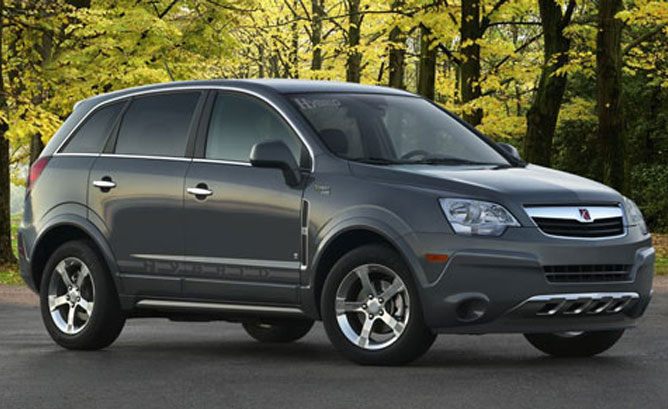














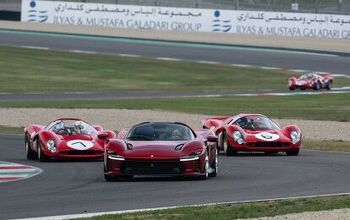
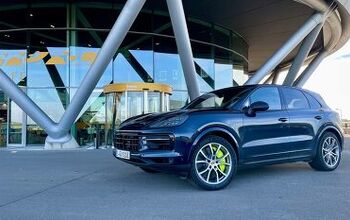
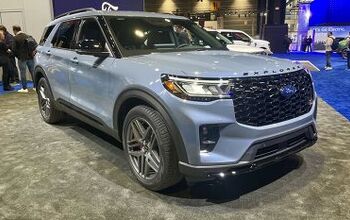
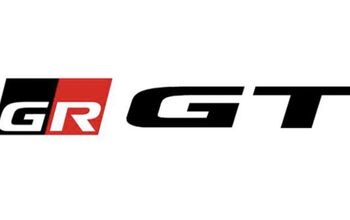
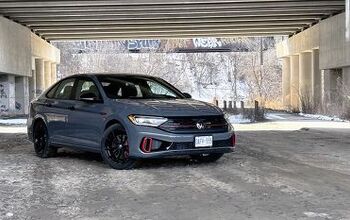



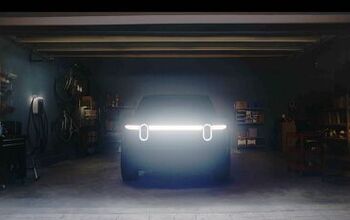
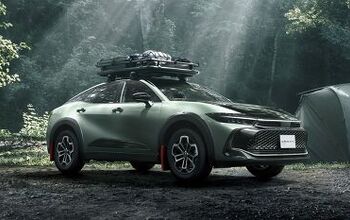



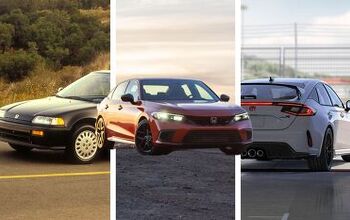
Comments
Join the conversation